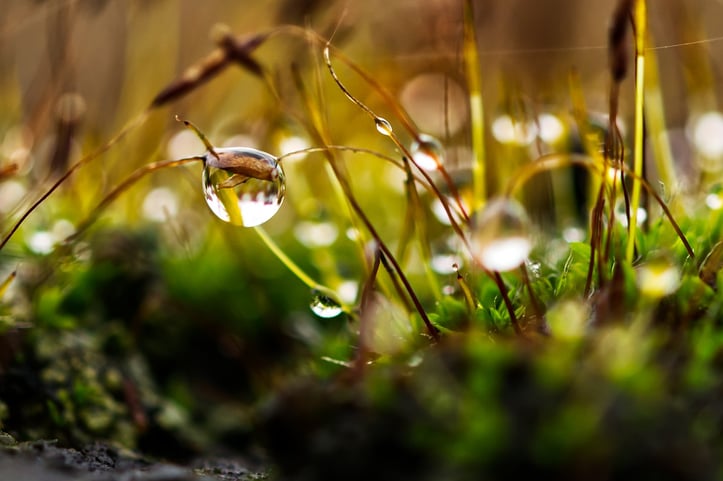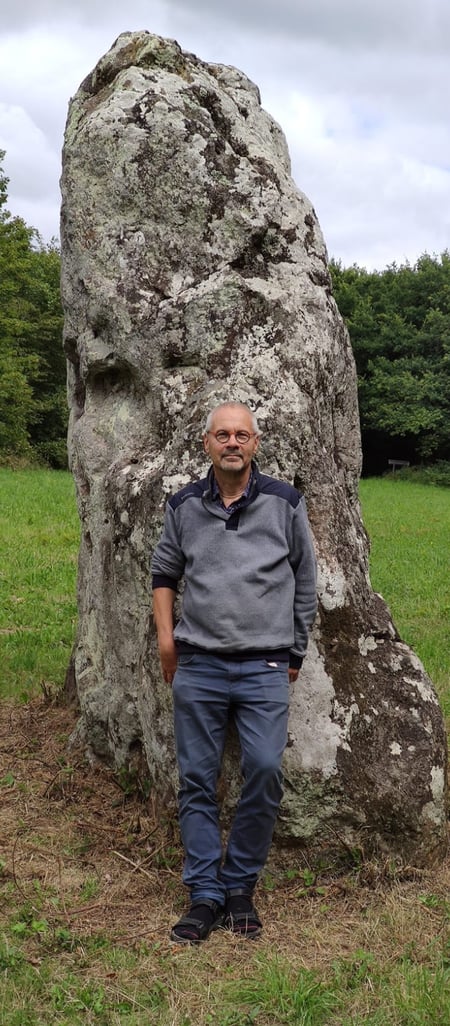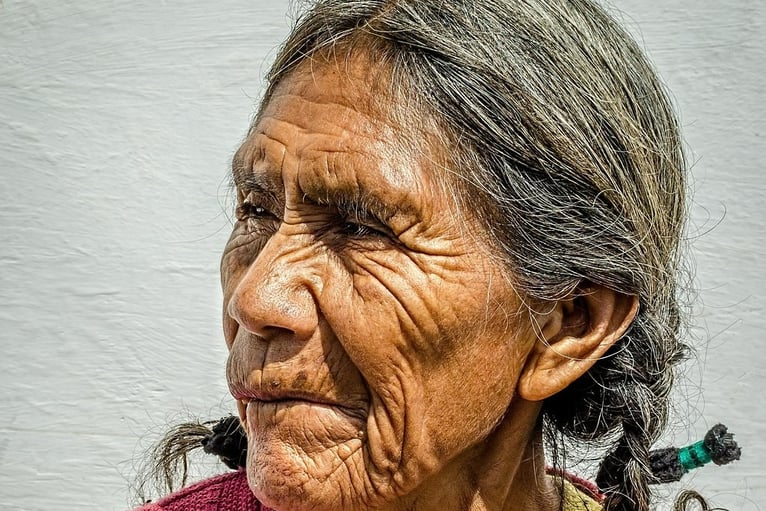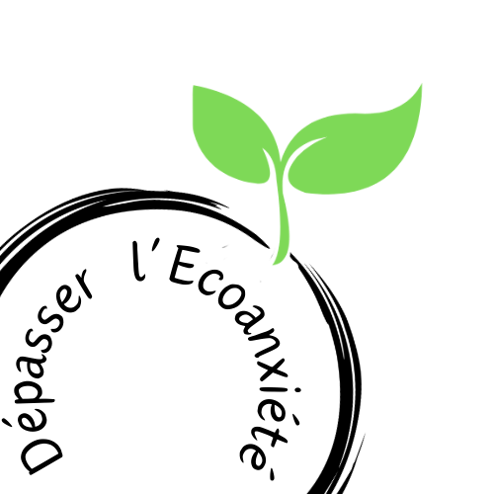
Who is behind this blog?
A few words about
Lambert van Dinteren
Lambert van Dinteren joined what was then called the “environment protection movement” in 1975. He was 15 years old as he started campaigning through the Youth Association for the Study of Nature and Environmental Protection (Netherlands).
He then engaged for 35 years - in the Netherlands, Romania and France - with poor families, homeless people and migrants, through the ATD Fourth World movement, the Popular Mission, Home First and Emmaus. He was at the origin of a major innovative project, the 5Ponts in Nantes, co-constructed with homeless people. A place that aims to create a 'solidarity village' in the city where homeless and permanent inhabitants organize together the life of the neighborhood.
Upon his retirement in 2022, he returned to the initial commitment through his permaculture garden and writing a book and this blog.
Doctor of Theology, author of a book on the role of the church in environmental issues, equality and peace, he has long been a priest of the Russian Orthodox Church (in parallel with his secular commitment) before leaving the church because of the systemic contradiction between message and praxis.
This allowed him to rework the whole question of spiritualities (cartographies that give a horizon) and mythologies (stories that give meaning). In particular with regard to the environmental crisis (climate, biodiversity, socio-economic).
What do we know about our oldest ancestors and their beliefs? Do we have ancient stories about our place in Nature? Are there metaphors emerging from our scientific knowledge? Can we detect elements that give hope in the midst of our despair? Thus emerges a narrative that can unite and mobilize beyond differences in culture, history, religion, socio-economic and political situation. But can we hope to collectively face the challenges before us?
Lambert tries to answer these questions sometimes through an ‘academic’, ‘objective’ approach, sometimes by taking a position, by making subjective proposals based on his own experience. By offering a multitude of possibilities and leaving the reader the choice.
It is indeed up to the reader, he says, to make his own choices, to find his own path and to take responsibility, since Lambert learned this through his experience of the church: no normative, dogmatic and exclusive ‘system’ can make us move forward. It is quite the opposite that we need as seen in this blog; it is to create ‘space’, ‘a blank space’, which is ‘virgin of reflexes, mechanisms and response that brought us to the edge of the abyss, … to welcome what is ‘other’, to welcome ‘the Other’, to learn to act ‘differently’.
Lambert van Dinteren and his blog


Photo Uwe T


Photo Wildfrid Bouvet dit Maréchal

Our vision ; Rehabilitate the feminine
Here we give you an overview of what we want to do on this blog. , and ... what will be the content of our upcoming book.
Faced with climate change, natural disasters and the threat of the collapse of the Global Earth System, this blog aims to be realistic while seeking the elements of an optimistic story that sets us in motion. Indeed, the story of climate change provokes eco-anxiety, which in turn risks paralyzing us and thereby becoming a self-fulfilling prophecy. It is therefore important to create another narrative.
There is no question of denying the crisis or the threats. Quite the contrary. The world is changing, it is definitive. But we have a responsibility not to go any further. We have a responsibility as 'human animals' with such capabilities that we have been able to change the surface of the earth, the content of the oceans, the composition of the air, ..., capabilities that we can, should, use to limit or even correct the damage.
However, the surrounding story that highlights all that is wrong, although necessary to awaken minds, risks paralyzing us. We therefore propose to highlight the 'solutions', the 'forces', the 'potentialities'. It is a question of imagining, in the sense of Paul Ricœur, a narration that agencies and gives meaning to time. A narrative that projects a possible world. This story conveys an ‘imaginary’ in the sense of ‘utopia’; it tells the plausible and mobilizing future or futures.
We will propose different axes:
We discover in the history of humanity the first beliefs and mythologies. As we dig deeper, we see the continued degradation of the feminine, accompanied by an intensification of the exploitation of the Earth by men.
Through the latest research on the functioning of Nature (soil, trees, mycelar network, ‘Earth system’), we seek metaphors that allow us to imagine a new narrative that rehabilitates the feminine and proposes a respectful relationship with Nature, reinsertion into nature. We find, by the way, action models and social matrices, including a “networked” society.
We will also discover things by putting our hands in the mud as well as through 'primary experiences' or 'primordial experiences'
The blog offers different types of texts for an approach from several angles and different paths: indeed, poetic texts, philosophical reflections, summaries of recent scientific studies and action sheets alternate.
To rehabilitate the feminine is a revolution in the sense that we distance ourselves from the dominant, masculine, convex, penetrating, dominating culture, which has prevailed for at least seven millennia, in order to rediscover the interiority, the concave, the respectful, the welcoming. But the feminine does not stop there; it is also a Life Force that fights, sometimes fiercely, for all those who are weak.
Seeking metaphors and models in Nature, is also revolutionary in the sense that we change paradigm; instead of seeing the human in opposition to and superior to animals or broader, Nature, we rediscover ourselves as an integral part of this Nature, sharing a ‘community of destiny’ with it.
“In the times ahead, there will be sweat and blood. We will experience immense losses and countless failures. But there are many reasons for optimism. We will see it in this blog. We have a Mother who takes care of us. There is the moist earth and the belly of the woman from which we come. There are our brothers and sisters, humans, animals (can we still distinguish?) and plants. There is the network (mycelial) that helps each other. There is this new, old idea of ‘us’. We collectively take up the challenge. We, mutually, support each other. We celebrate together the gifts of the earth. We all know that after night comes day and after winter spring. We, together, know this deeply, in our bodies, in our guts.
And if men doubt, women can testify to the life that comes out of their bowels and that the pain of childbirth is a passage to the joy of motherhood.”
© Lambertus K.M. van Dinteren


Photo Berenice Calderón

